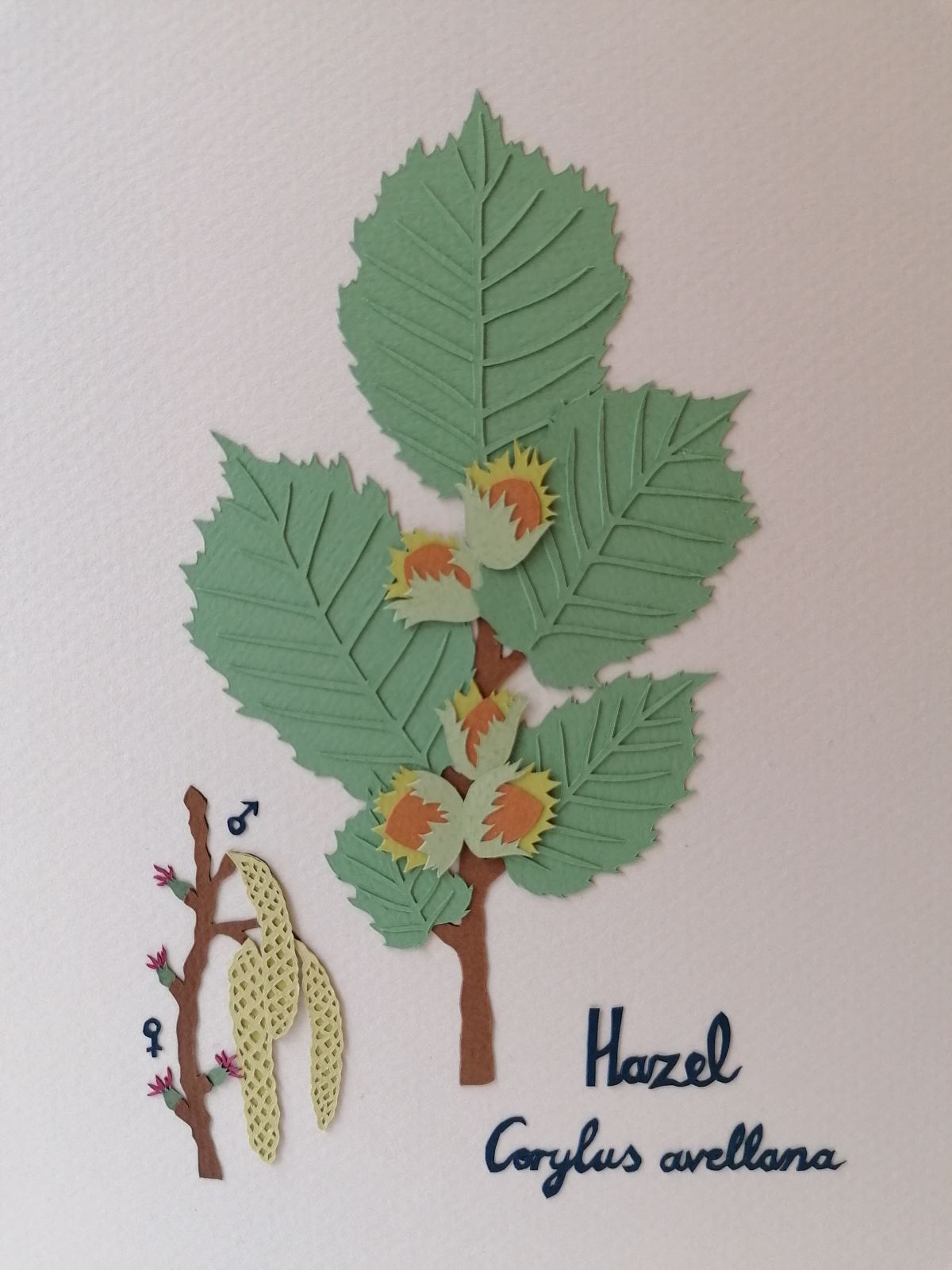
Hamish Martin: ‘Known as the tree of knowledge, hazel was one of the first trees to colonise these lands on the retreat of the ice age’
Gardening columnist Hamish Martin delves into the history of the hazel tree this month and explores how it became entrenched in our ancient history, beliefs and customs.
Why choose Hazel for the month of January when you can harvest the leaves in spring for medicine and the nuts in autumn for food.
It isn’t for these reasons I mention our ancient and native tree for the month of January but for the use of going out to make a hazel walking stick, one of my favourite pastimes.
I love finding hazel wood or even a solitary hazel tree in winter, when the silvery smooth bark seems to sing to me, to spend time carefully looking deeply into its body of upright straight stems.
To try and find that perfect stick with the right girth, length and fork to make the most beautiful thumb stick, which in turn I usually always give away to someone.
For me, I have only one walking stick, which is Hazel and more like a staff which was harvested in January, at a spectacular hazel wood, and is now extremely smooth after many years of use.
I am actually unable to go out for a walk, and those that have been on any of my herbal walks will know this, without my staff of hazel.
It’s incredible to think that the hazel and the silver birch were the first trees to colonise these lands on the retreat of the ice age and how it would have been one of the most abundant tree species.
It is therefore no surprise that it has become entrenched in our ancient history, beliefs and customs.
Known as the tree of knowledge, the hazel was said to stand at the boundary where the real world and the spiritual world meet.
The Celts equated hazelnuts with concentrated wisdom and poetic inspiration, as is suggested by the similarity between the Gaelic word for these nuts, cno, and the word for wisdom, cnocach.
It is well known for its long catkins heralding the first signs of spring.

Credit: Naomi Elysia Harvey
These catkins are the male flowers, full of windblown pollen. Look closely and you may see the tiny red female flowers that look like sea anemones and turn into the nuts. You might come across twisted, spiral stems, these are caused by winding honeysuckle.
Hazel rods, being straight, yet flexible at a certain stage of their development, were prized for the construction of clèibh ‘creels’ for fishing and agricultural work, thatching spars, net stakes, water-divining sticks, hurdles, furniture, for barrel hoops, as well as for shepherd’s crooks, walking sticks, tool handles and the frames for the bow tents.
Lastly, the actual hazel nut has been one of the most important nutritional foods since we walked these lands – there is archaeological evidence that hazelnuts were consumed by humans in Scotland as far back as the Mesolithic times.
It isn’t just us humans that cherish the hazel nut but they also provide a food source for squirrels, mice and some birds.
It is not hard to see why this amazing tree is so interwoven within our very being and how important it is to re-kindle that connection.
A walking stick is the perfect way to hold that connection to our past, and to allow it to support us on our journey forward.
Read more Garden stories here.
Subscribe to read the latest issue of Scottish Field.
TAGS

